Thanksgiving movies are often underrated holiday movies that are ripe with conflict. With so many different personalities coming together under the guise of family, food, and football, this uniquely American holiday offers screenwriters an opportunity to capture the chaos of coming home for the holidays.
If you’re a screenwriter looking to study character tension, family dynamics, or road-trip chaos, Thanksgiving movies are a goldmine. Here are the best Thanksgiving films to watch—and the storytelling lessons each one teaches about conflict.
Why Thanksgiving Movies Are Great Conflict Studies
Thanksgiving movies are a perfect playground for studying conflict because the holiday naturally brings people together in high-stakes, emotionally charged situations. Families and friends are forced into close quarters, where clashing personalities, differing expectations, and unresolved past tensions quickly surface.
The films listed above show how tension can be both relatable and entertaining, balancing humor, drama, and heartfelt moments. For screenwriters, Thanksgiving movies provide a clear blueprint for creating conflict that reveals character, raises emotional stakes, and drives stories without needing life-or-death scenarios.
10 Thanksgiving Movies Screenwriters Can Learn From
1. 'Planes, Trains and Automobiles' (1987)
Planes, Trains and Automobiles understands how escalating clashing character dynamics can cause conflict. Neal’s desire for order constantly clashes with Del’s chaotic, well-meaning antics, creating tension in nearly every scene. Travel mishaps, lost luggage, and absurd situations amplify the conflict, forcing the characters to react and adapt while keeping the story moving.
Each escalating obstacle balances humor with emotional stakes, revealing Neal’s growth in patience, empathy, and humility. The film proves that conflict doesn’t need life-or-death stakes. Personality clashes and relatable challenges are enough to drive plot, comedy, and heartfelt resolution.
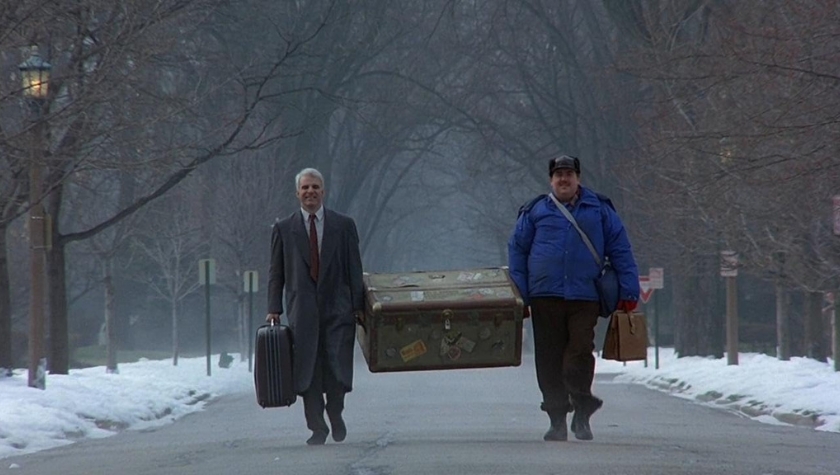

2. 'A Charlie Brown Thanksgiving' (1973)
A Charlie Brown Thanksgiving is a masterclass in subtle, character-driven conflict. The tension comes from simple, relatable desires: Charlie Brown wants a “perfect” Thanksgiving, while the kids each have their own expectations.
Clashing personalities create humor and obstacles, from Peppermint Patty’s insistence on what the meal should be to Snoopy’s unconventional contributions. Small mishaps, misunderstandings, and social awkwardness force Charlie Brown to problem-solve and adapt, revealing patience, empathy, and growth. The resolution is heartfelt rather than grand, proving that satisfying conflict just needs tension that highlights character and connects the audience.


3. 'Dutch' (1991)
The conflict in Dutch uses the natural conflict that comes from the tension of a step-father and step-son relationship, then turns up the pressure of the relationship through forced proximity. Dutch is a brash and working-class man trying to bond with his stepson, Doyle, who is polished and privileged. Being stuck together on a road trip amplifies tensions, as mishaps, misunderstandings, and social challenges force the characters to confront their assumptions.
This escalating conflict drives both humor and growth: Dutch learns patience and empathy, while Doyle develops resilience and openness. The film shows how mismatched characters and external obstacles can create engaging, character-driven tension that entertains and resonates emotionally.
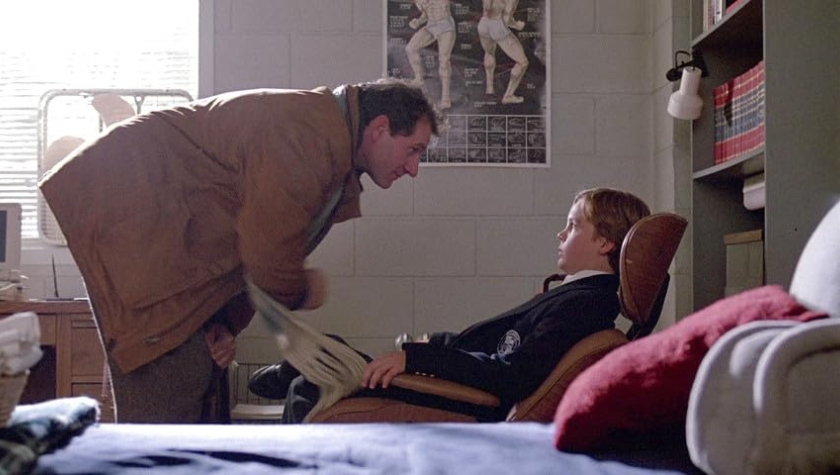

4. 'Pieces of April' (2003)
Pieces of April drives its conflict forward in a more subtle way than Dutch. The tension comes from April’s desire to host a perfect Thanksgiving while reconnecting with her distant, critical family, whose own expectations clash with hers. Her small apartment, limited cooking skills, and self-doubt create internal pressure, while the ticking clock of the holiday amplifies stress and misunderstandings.
Every awkward interaction and minor mishap reveals character, heightens stakes, and drives both comedy and emotion. The film proves that relatable family dynamics and personal insecurities can generate conflict that’s both heartfelt and engaging.
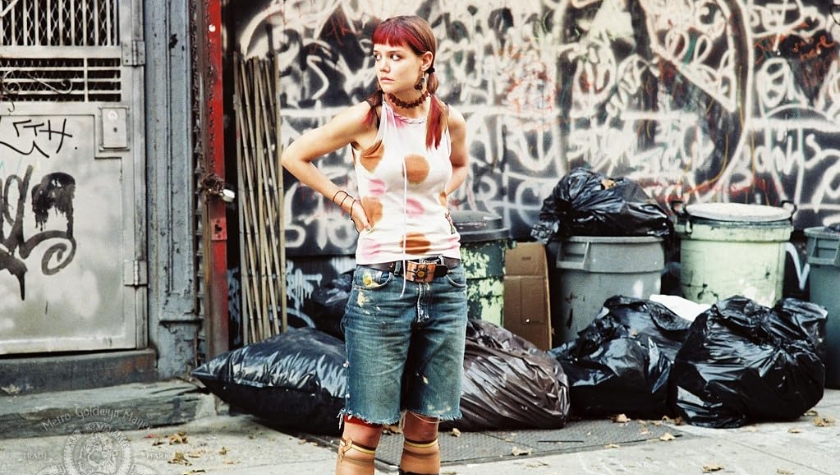

5. 'Free Birds' (2013)
Free Birds shows how clear goals can drive conflict in a story (even if we are following animated birds). Reggie’s cautious idealism collides with Jake’s brash humor as they attempt to change history and prevent turkey slaughter, creating tension and laughs in every scene. Time travel mishaps, historical misunderstandings, and escalating obstacles raise the stakes while forcing the characters to confront fears and learn empathy.
The film proves that even in a kid-friendly comedy, well-structured conflict can keep audiences engaged and invested when it's rooted in personality clashes, urgent objectives, and emotional growth.
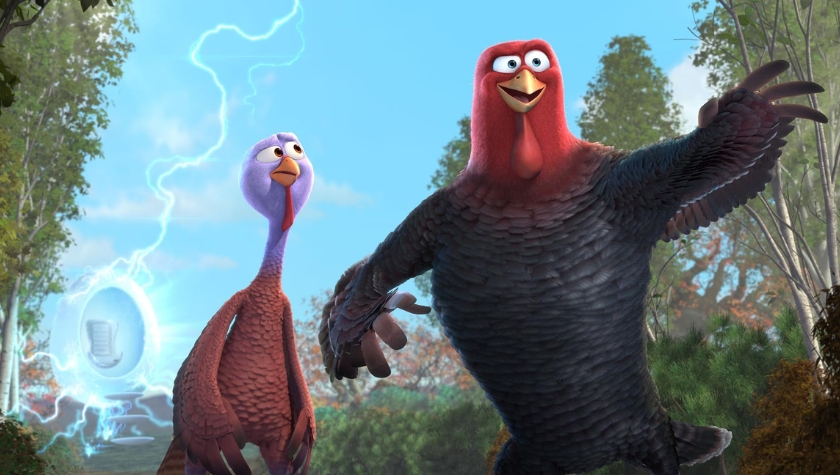

6. 'Addams Family Values' (1993)
The Addams’ macabre, unconventional lifestyle collides with the uptight, manipulative world around them, creating conflict that’s both comedic and engaging. Clashing personalities are often the obstacles that escalate the challenges each character faces throughout the story.
The film balances humor with genuine stakes, showing that even outlandish scenarios can reveal character and heighten tension. The ending reinforces the Addams’ identity and cohesion, proving that conflict works best when it arises naturally from who the characters are and what they stand for.
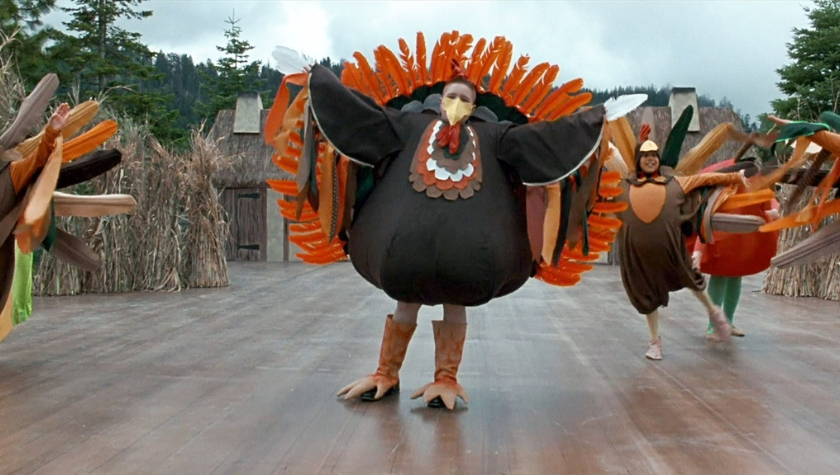

7. 'Home for the Holidays' (1995)
The conflict in Home for the Holidays is rooted in the pressures of the holiday itself. Sibling rivalries, past grudges, and differing expectations surface in the crowded, chaotic setting, creating tension that feels both relatable and meaningful.
Everyday obstacles like stressful logistics, cramped spaces, and high emotional stakes amplify misunderstandings, forcing characters to confront insecurities and navigate tricky relationships. Through these conflicts, the film reveals character, drives the story forward, and delivers moments of empathy and resolution, showing that relational tension can be just as compelling as action-driven drama.


8. 'Funny People' (2009)
Thanksgiving here becomes a pressure cooker for unresolved relationships. George’s life-changing diagnosis forces him to confront ego, fear, and mortality, while his interactions with friends, exes, and romantic interests are fraught with misunderstandings, jealousy, and resentment.
Situational obstacles heighten stakes, blending awkward humor with genuine emotional weight. Through these conflicts, the story drives character growth, reveals flaws, and delivers satisfying resolutions, showing that combining internal, relational, and external tensions can create stories that are both funny and deeply human.
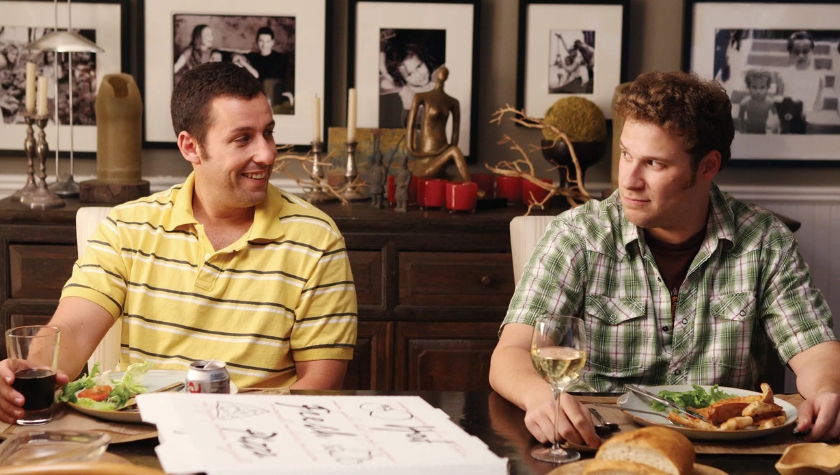

9. 'Thanksgiving' (2023)
Thanksgiving has conflict baked into its genre-DNA. But it’s not just a horror-movie killer chasing victims; it's multilayered. There’s a past tragedy, a deeply personal motivation, and a betrayal by someone in power.
On top of that, the film uses holiday symbolism (parade floats, turkey, pilgrim mask) to tie the horror to the thematic heart of the story. This shows how you can combine external horror threats with emotional, social, and moral conflict to make the stakes feel richer and more resonant.
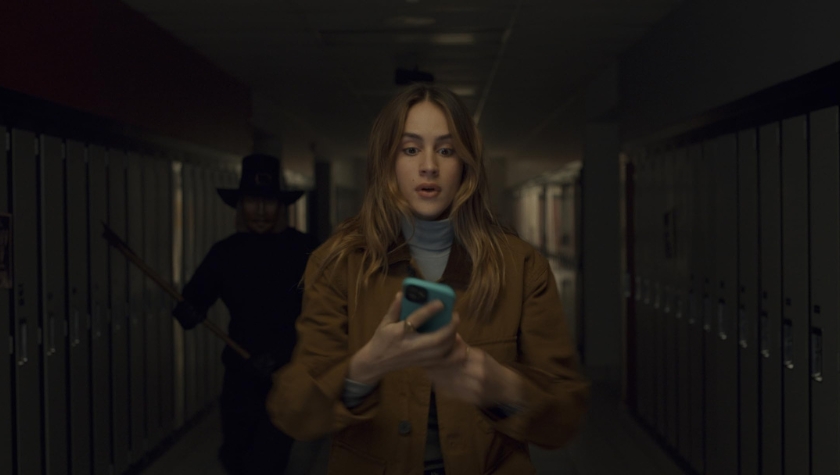

10. 'The Big Chill' (1983)
The Big Chill creates conflict through the contrasting life paths, unresolved past issues, and the emotional baggage that old friends carry into a reunion. Each character’s successes, regrets, and personal insecurities clash with those of the group, creating tension that feels both authentic and compelling.
The film balances internal struggles with interpersonal friction, showing how reflective conflict can reveal character depth and drive the story forward. Through these interactions, characters confront their choices, gain insight, and find moments of connection, proving that relational and emotional stakes can be just as powerful as external obstacles.



